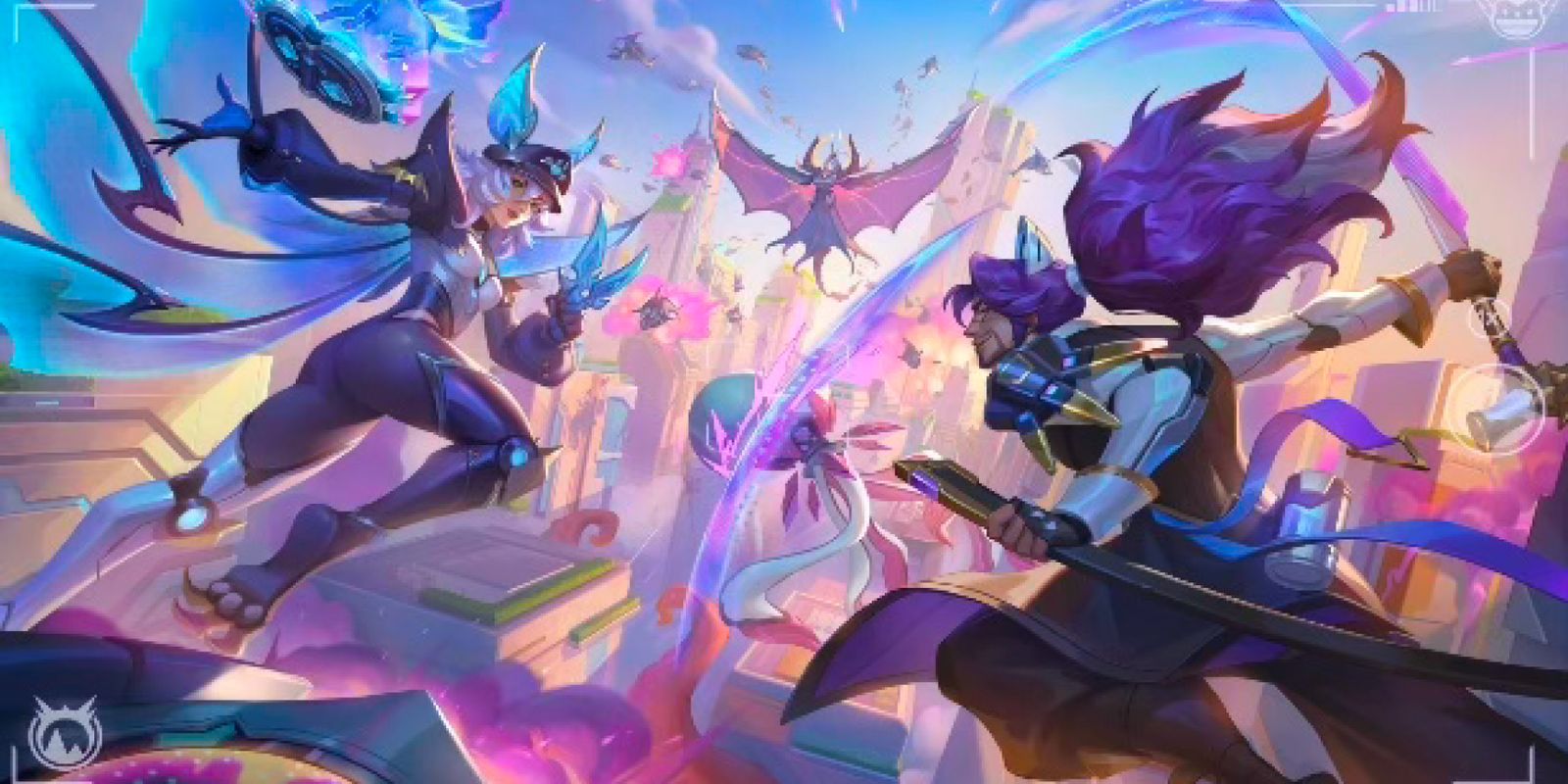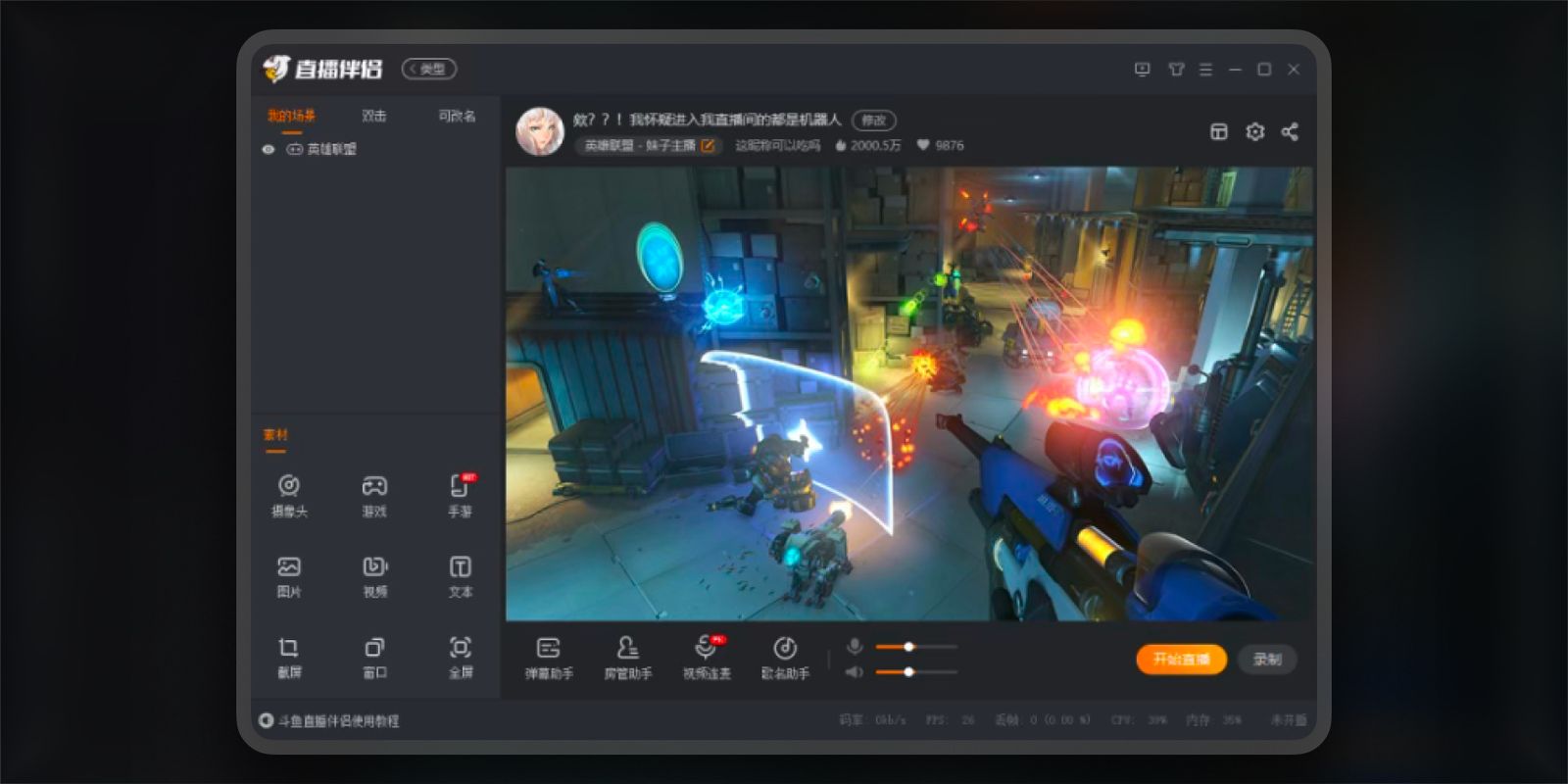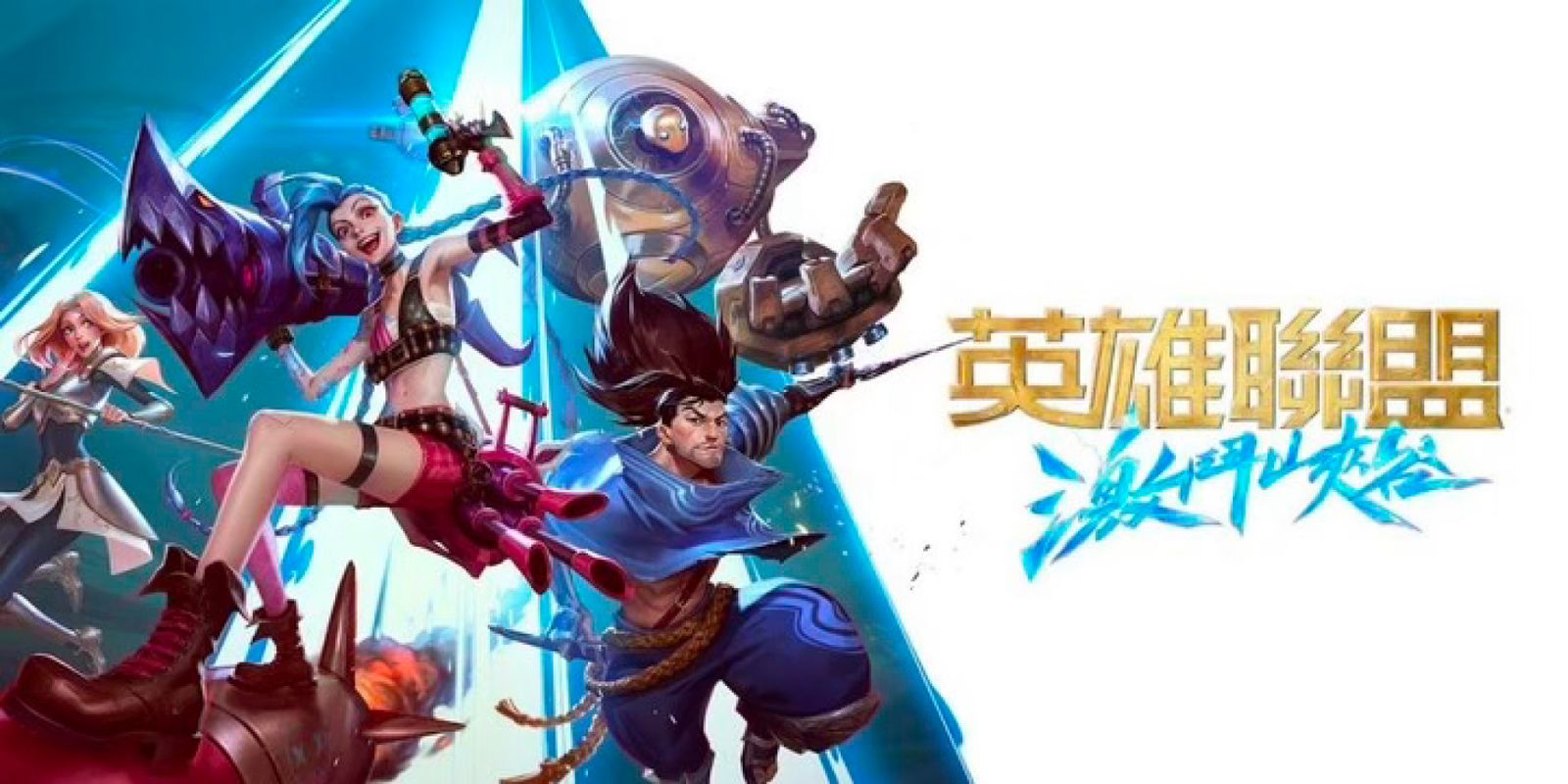In the global gaming landscape, Chinese PC gamers represent a massive and unique demographic. Their preferences, behaviors, and the ecosystem they operate in differ significantly from those of their Western counterparts. Understanding these differences is crucial for any brand looking to engage this valuable audience.
1. Platform of Choice: All-in-One Super Apps vs. Standalone Clients
China: The dominant platform is Tencent's WeGame, an integrated launcher, store, and social network. It's akin to Steam but deeply embedded with social features, live streaming, and community hubs. QQ (for communication) and WeChat (for mini-programs and sharing) are also central to the gaming experience.
Case Study: 《英雄联盟》(League of Legends) in China is played through the WeGame client, which offers built-in strategy guides, one-click rune pages, and seamless streaming to friends on QQ. This creates a convenient, socially woven experience.
The West: Steam, Epic Games Store, and Discord form a common but fragmented ecosystem. Gamers use a separate launcher for games (Steam/EGS), a separate app for communication (Discord), and another for live streaming (Twitch).

2. Discovery & Influence: KOLs & Community-Driven vs. Critic & Algorithm-Driven
China: Discovery is heavily influenced by Key Opinion Leaders (KOLs) on platforms like Douyu, Huya (live streaming), and Bilibili (video content). Gamers trust the recommendations and gameplay of their favorite streamers. User-generated content on forums like NGA and Tieba also holds immense sway.
Case Study: A game's success can hinge on a popular KOL like PDD featuring it. Its endorsement can drive millions of downloads overnight. Games like 《永劫无间》 (Naraka: Bladepoint) used Bilibili creators extensively before its launch in China.
The West: While streamers are influential, traditional game review sites (IGN, Game spot), YouTube critics, and algorithmic store recommendations (Steam's "Discovery Queue") play a more balanced role in discovery.

3. Monetization Mindset: Value for Money & Social Status
China: There's a strong focus on perceived value (性价比). Gamers are accustomed to free-to-play models and are highly discerning about what they get for their money. Spending is often linked to social status within a game's community. Flashy skins as well as other items denote achievement and prestige.
Case Study: In 《穿越火线》 (CrossFire), coveted "Hero" weapons are status symbols. Their high price is justified by their rarity and the prestige they give, driving significant revenue.
The West: While F2P is popular, there's also a robust market for premium, upfront purchases (60−70 games). Cosmetic purchases are common but are often more about personal expression than purely being about social status.

4. Social Dynamics: Strong In-Game Tribes & Collective Identity
China: Gaming is an intensely social activity. The concept of the "开黑" ( kāi hēi - forming a black squad/pre-made team) is central. Guilds (公会) and factions are powerful entities that command strong loyalty. In addition, individual achievement is often celebrated within the context of contributing to the group.
The West: Social gaming is extensive (e.g., MMORPG raids, CoD parties), but there is also a stronger culture of solo, narrative-driven experiences. Individual skill and reaching goals can be celebrated independently of a group.
5. Aesthetic Preferences: Bright, "Cool" Styles vs. Gritty Realism
China: There is a marked preference for vibrant colors, sleek and visually complex designs, and what is considered "酷" (kù - cool). This often involves elaborate animations and flashy effects for weapons and characters.
Case Study: Compare the character and weapon skins in 《英雄联盟》to their counterparts in 《英雄联盟:Wild Rift》(the mobile version oriented for Asian markets). The latter frequently features more ornate and bright designs.
The West: A significant portion of the market gravitates towards grittier, more realistic, and darker art styles (e.g., Call of Duty, Elder Scrolls Online). Stylized games are popular but coexist with this preference for realism.

Final Word
The Chinese PC gamer is not just a gamer; they are a hyper-connected, community-oriented, and KOL-influenced consumer operating within a walled, and yet immensely innovative, digital ecosystem. Success requires not only translation, but it also demands deep cultural integration, respect for local platforms, and collaboration with the KOLs who are the true gatekeepers to this vast community.
